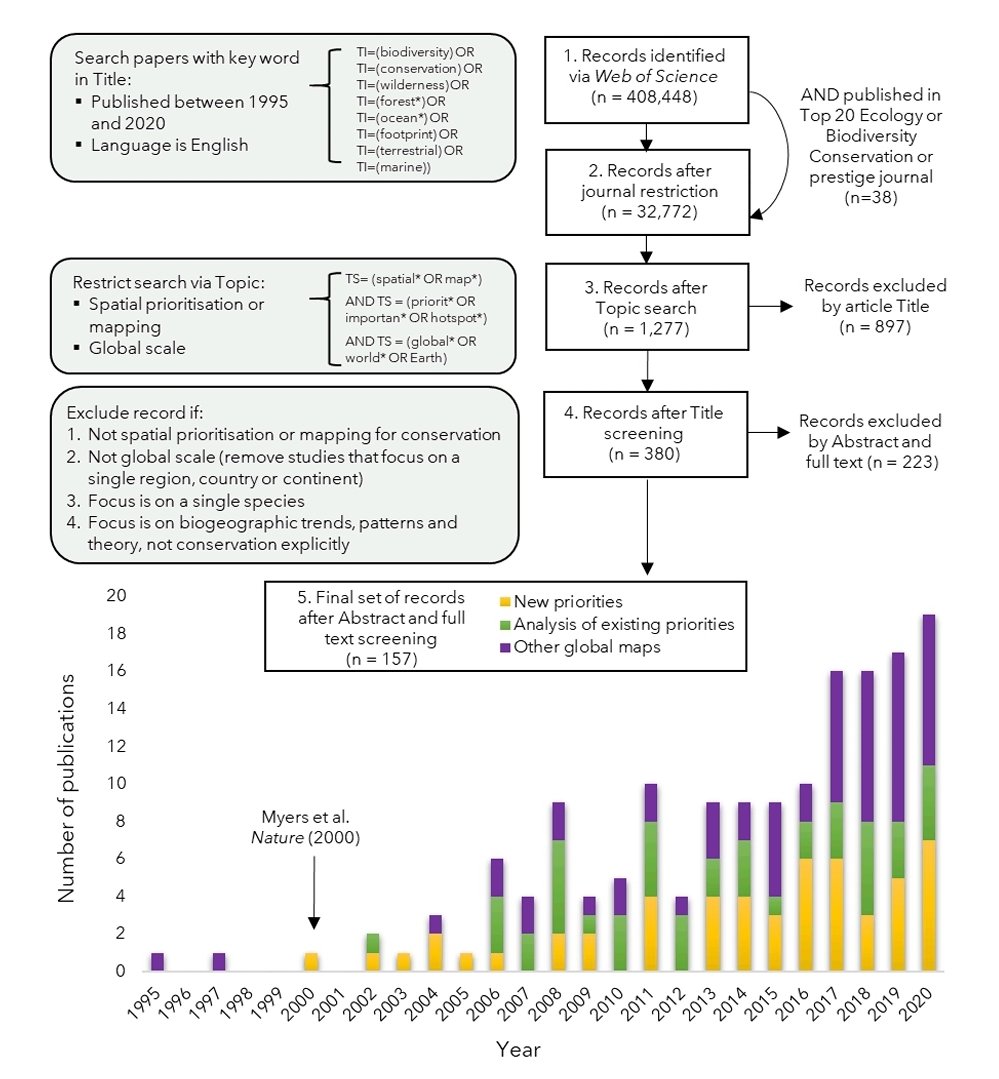Oh cry me a river. How on earth could their projects be "undermined" by sharing data which could quickly an easily prove their integrity. #ACCU #climate #auspol
https://twitter.com/mark_tilly1/status/1630465147662929920
Also nice for GreenCollar to put this on "it's landholders" so if we call this out we're being mean to farmers, rather a multi-million dollar corporation.
The data carbon companies could freely release (the Regulator & all others are prohibited to release by law) are Carbon Estimation Areas (CEAs) - green shapes shown below
The project area shapefiles (around CEAs) are *already public* - downloadable here researchdata.edu.au/area-based-emi…
The project area shapefiles (around CEAs) are *already public* - downloadable here researchdata.edu.au/area-based-emi…

The project areas (public) are basically the property boundaries. So in terms of privacy, *we already know* who has carbon projects. This info is also freely available in the project register: cleanenergyregulator.gov.au/ERF/project-an…
The data that is *secret* are the particular areas - Carbon Estimation Areas or CEAs - within a property boundary/project area where carbon is being sequestered. Again, the green shapes in this figure (figure from this report law.anu.edu.au/sites/all/file…) 

The Chubb review recommended the CFI Act be amended to enable the release of the CEA data. They cited the lack of transparency & access by third parties to CEA data as a core reason why ACCU integrity is in question. dcceew.gov.au/sites/default/… 

Here is @CERegulator Chair David Parker @sarahinthesen8 yesterday that he believes it would be desirable to amend the CFI Act to enable the release of CEA data into the public domain.
This is not controversial.
This is not controversial.
The CFI Act secrecy provisions do not prevent carbon companies from releasing the CEA data themselves.
We could clear up #ACCU integrity issues once and for all with that data.
The government could also just amend the CFI Act as recommended.
We could clear up #ACCU integrity issues once and for all with that data.
The government could also just amend the CFI Act as recommended.
It's not just the CEA data that's not in the public domain. And it's not just our team who is concerned. Others cannot speak out.
We know of at least 5 other reports related to the human-induced regeneration (HIR) method that either the Regulator or Dept has not made public.
We know of at least 5 other reports related to the human-induced regeneration (HIR) method that either the Regulator or Dept has not made public.
• • •
Missing some Tweet in this thread? You can try to
force a refresh












